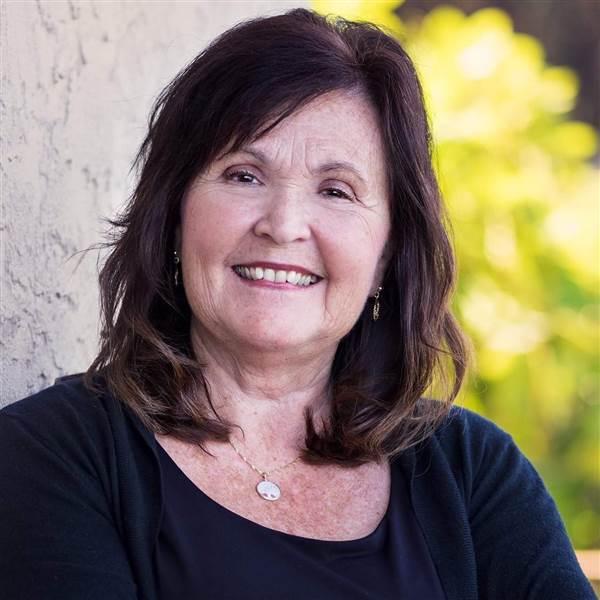Answers for Pilots: Sightseeing Flights
Charitable or community flying events, which this article focuses on, are typically sightseeing flights
The holidays typically bring out the best in us as we focus on giving—to family, friends, communities, and charities. As pilots, this may mean giving sightseeing flights as a fundraiser for a charitable flying event. It’s a great way to build camaraderie while raising support for a worthwhile cause.
There are two main divisions of charitable flying, each operating under its own set of regulations: public benefit flying and charitable/community flying events. Public benefit flying includes patient and medical transport, disaster relief operations, animal rescue, environmental support and other kinds of community service. Dozens of volunteer groups exist to perform public benefit flying, including the groups operating under the Air Care Alliance, Wings of Hope, Mercy Medical Airlift, Corporate Angel Network and others.
Charitable or community flying events—which this article focuses on—are typically sightseeing flights, operating under FAR Part 91.146, held to benefit a local group. The section of the regulations was revised in 2007. The rules apply to airplanes and helicopters (not balloons or gliders). There are requirements for the pilot, the aircraft, the airport, the sponsor, and the event, itself.
Participating pilots must have a current airman medical certificate and have met currency requirements. Airmen must have a minimum of 500 hours total time, and are limited to flying in no more than four charitable events in a calendar year. Pilots are required to give a passenger briefing before each flight that includes showing them how the seatbelts work, how to exit the aircraft in an emergency, and other topics that are relevant to the flight.
The aircraft must be airworthy according to Part 91, Subpart E and hold a standard airworthiness certificate. It can have no more than 30 passenger seats and a maximum payload of 7,500 pounds.
As far as the airport at which the event takes place, the flights must depart from a public airport, or another airport that has been approved by the FAA for the event.
The event sponsor is limited to four charitable events per year and only one community event per year. No event can last more than three consecutive days. The sponsor must send a signed letter to the FSDO at least seven days before the event that includes this information:
- Name of the sponsor
- Purpose of the event
- Date, time, and location of the event
- Previous events the sponsor has held in the current calendar year.
In addition, the FSDO needs a copy of each pilot’s airman certificate, medical certificate, and logbook entries. Each pilot must sign a statement listing all prior sightseeing or community events he or she has flown in during the current calendar year.
One final thought: The beneficiary of the funds raised cannot be in the air transportation business. The reimbursement to the aircraft operator is limited to the passenger’s portion of the pro rata cost of owning, operating and maintaining the aircraft for that flight. This may include fuel, oil, airport expenses, and rental fees. This option for fuel reimbursement in 91.146 is for charitable/community events only. However, all types of charity flying can take certain Federal and State tax deductions. Consult with your tax advisor for what applies to your specific situation.
For more information, watch AOPA’s recorded webinar on this topic. You may also want to take the Air Safety Institute’s course on Public Benefit Flying and read the safety brief, “Charity Fundraising Flying”.



